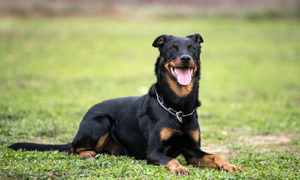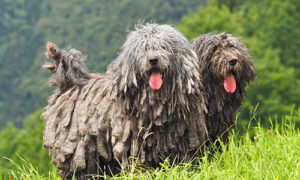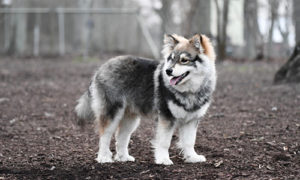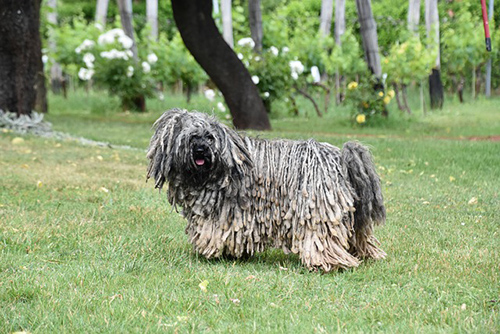
The Puli is an ancient breed of Hungarian sheepdog that has been a part of rural life in its homeland for over a thousand years. During the seventeenth century, they bred it with newly introduced herding breeds from France and Germany.
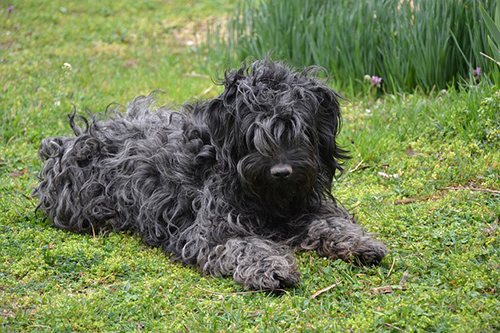
At that point, it nearly disappeared as a distinct breed. In 1912, breeding programs attempted to reconstruct the ancestral working Puli. As a result, breed enthusiasts established the first standard in 1915.
The Puli was initially introduced to the United States in 1935 for sheepdog tests sponsored by the United States Department of Agriculture.
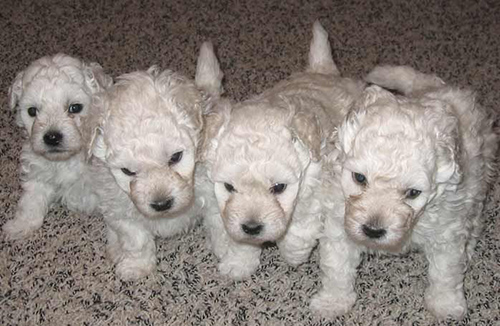
This dog is small to medium-sized compact and covered with a profuse, shaggy coat. It possesses moderate bone, a muscular neck, a sturdy, level back, a moderately broad chest, and a tail carried over the back.
It moves with a unique, high-footed, springy, acrobatic gait. The Puli has a slightly domed skull, a robust and straight muzzle, and a black nose. The eyes are large and almond-shaped. The dog’s V-shaped, medium-sized hanging ears are set higher than eye level.
Puli Breed Facts
- POPULARITY: Rare
- FAMILY: Herding
- AREA OF ORIGIN: Hungary
- DATE OF ORIGIN: Middle ages
- ORIGINAL FUNCTION: Sheep Herding
- TODAY’S FUNCTION: Herding, trials, companion
- OTHER NAME: Hungarian Puli, Hungarian Water Dog
Activity level: This dog is a tough, energetic dog, built to work in any terrain or weather. Puli’s do very well in herding, obedience, agility, and tracking events. The Puli’s coat is tied up out of its eyes when competing in obedience and agility.
Puli Temperament
This dog is energetic, bouncy, and affectionate. It is playful and funloving. These dogs are incredibly devoted to their owner and highly suspicious of strangers. Therefore, they make excellent watchdogs. This breed is highly intelligent and must have regular interaction and mental challenges.
Grooming
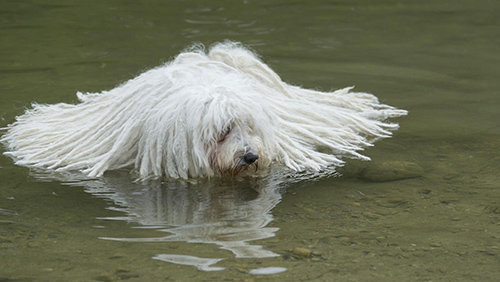
The coat will not cord if it is brushed regularly to prevent hair from tangling or fusing. Corded coats must be checked periodically for debris, parasites, and skin irritations. Also, it must dry entirely after bathing, which can take several hours.
Coat: A profuse, dense, weather-resistant coat covers the breed. The outer layer is wavy or curly, and the undercoat is soft, thick, and woolly. The coat will begin to clump together and form woolly cords around nine months of age. The cords can reach floor-length by maturity at four or five years old.
Color: Black, rusty black, gray, and white solid colors. Traditionally, light-colored dogs were used to guard livestock at night, and darker dogs were used to drive and herd sheep during the day.
Health
- Major Concerns: CHD
- Minor Concerns: none
- Occasional Concerns: PRA, deafness, degenerative myelopathy, patellar luxation
- Suggested Tests: hip, eye, (hearing), knee, DNA for myelopathy
- Life Span: 10—15 years
- Weight: 25—35 pounds
- Height: male: 17 inches; female: 16 inches
Puli Buyer’s Guide and Advice
Find a puppy from a breeding program that is mindful of the dog’s health, structure, and temperament. The puppy’s parents and grandparents need health-screening.
Parent club: Puli Club of America, founded in 1951 Rescue: Puli Club of America Rescue Trust


